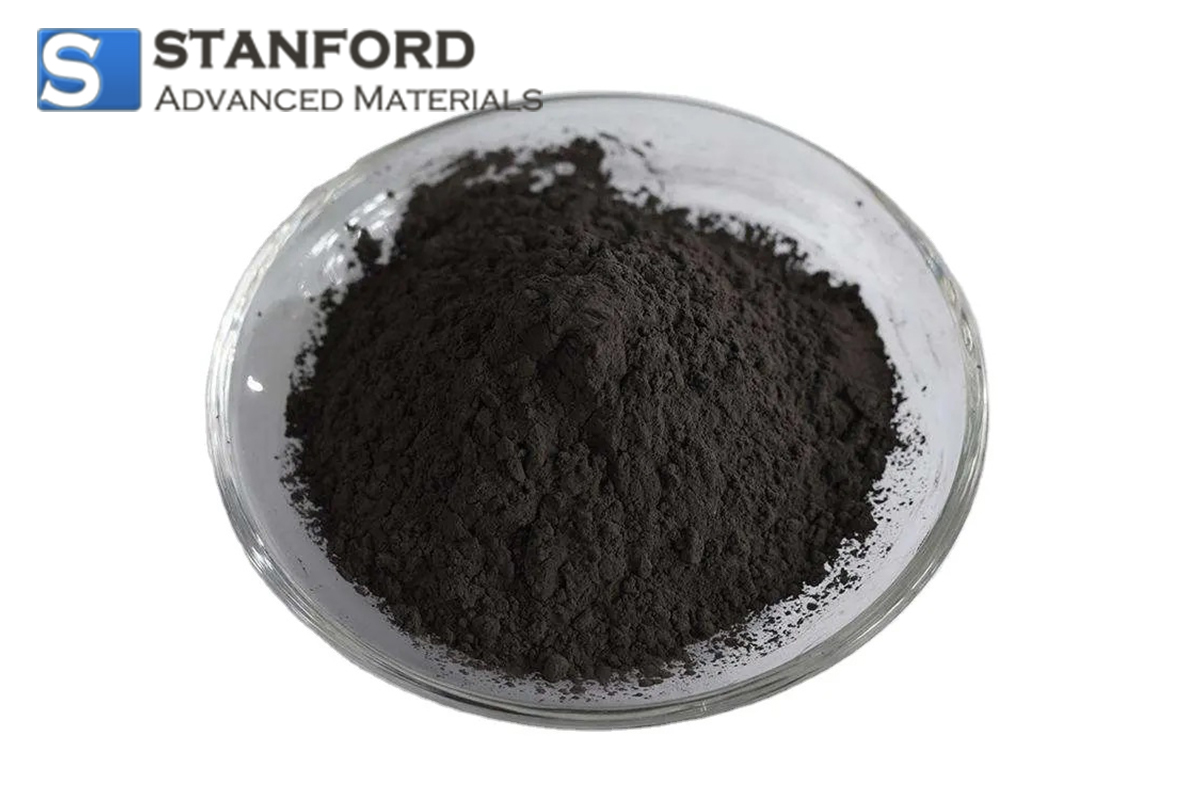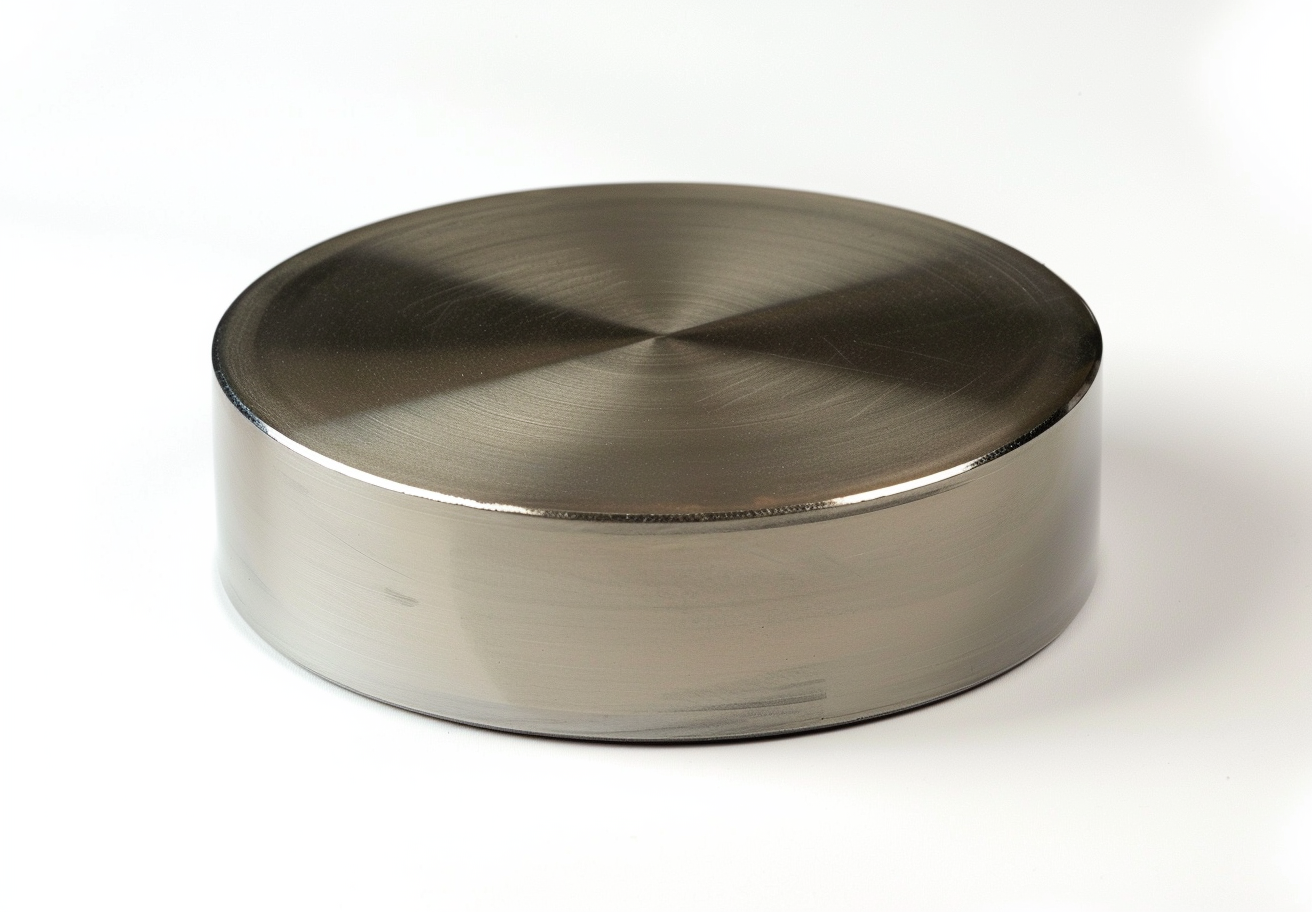Graphene Holographic Disks Allow A New Of Looking At Things
During the 1980s, when the first Star-Wars films were released in cinemas, the public observed the design of aircraft and noted the operational characteristics of the light sabres. Another feature involved the use of holographic images presented in three-dimensional format. Similar to how author Isac Asimov implemented his science-fiction concepts, this period may have allowed Lucas to realise his creative ideas.
Currently, certain scientists possess the capability to implement these theoretical ideas. Scientists in Melbourne, Australia, and other regions have conducted research utilising Graphene to develop holographic discs.
The holographic hard drive provides significantly greater storage capacity than a conventional computer hard drive and produces images with more accurate detail than a Blu-ray disc. Furthermore, these drives protect data securely and reliably. Consequently, they exhibit reduced susceptibility to physical damage such as scratches. Conventional hard drives, commonly employed as storage devices, are limited in storing large data volumes. Even minor damage can result in data loss. The new hard drive permits the recovery of data from fragmented segments.
Owing to the utilisation of Graphene, it is now feasible to develop a more advanced version of hard drives. The images on these drives are composed of four layers. One layer employs multiple optical encodings. The second layer contains two photonic volumetric images. The third layer comprises recorded holograms, while the final layer consists primarily of holographically encoded images.
The holographic disc produces an image with a resolution of 3.2 Terabits per cubic inch. This specification indicates that the image is sufficiently clear for observation. However, it currently does not yield high-resolution images.
Graphene is anticipated to change the usage patterns of technology in multiple respects. It may play a key role in future technological development. Graphene may contribute to the practical realisation of concepts that were previously deemed theoretical.

 Bars
Bars
 Beads & Spheres
Beads & Spheres
 Bolts & Nuts
Bolts & Nuts
 Crucibles
Crucibles
 Discs
Discs
 Fibers & Fabrics
Fibers & Fabrics
 Films
Films
 Flake
Flake
 Foams
Foams
 Foil
Foil
 Granules
Granules
 Honeycombs
Honeycombs
 Ink
Ink
 Laminate
Laminate
 Lumps
Lumps
 Meshes
Meshes
 Metallised Film
Metallised Film
 Plate
Plate
 Powders
Powders
 Rod
Rod
 Sheets
Sheets
 Single Crystals
Single Crystals
 Sputtering Target
Sputtering Target
 Tubes
Tubes
 Washer
Washer
 Wires
Wires
 Converters & Calculators
Converters & Calculators
 Write for Us
Write for Us

 Chin Trento
Chin Trento



